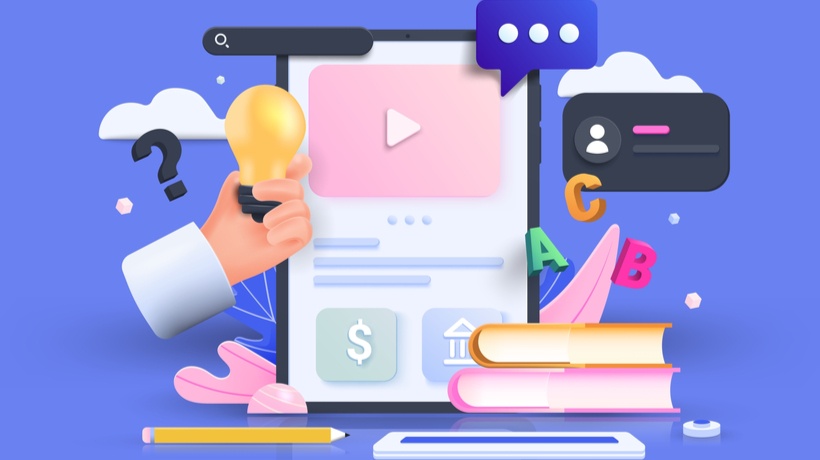What Is The Importance Of Standardization?
All over the world, online training has become a custom now. But it needs to be standardized to ensure that learners feel that the course has a consistent look. Learners often get agitated when they have a course with differently styled modules, or with a different structure altogether. For example, a module might have an objective featured after the goal. So, consistency is quite important to enable learners to stay focused on a course and complete it in time. The following steps ensure that there is standardization in eLearning modules:
1. Prepare A Storyboard
You must have a storyboard for the eLearning course, which helps you ensure you have proper headings and subheadings for every slide. Having a storyboard in place will take care of branding elements such as having the same colors, font style, and the same position for the logo on the slide, etc. Producing a course becomes simpler since a standardized template is designed, featuring placeholders for all these elements. It also helps graphic designers and multimedia developers to create the course. There must also be directions in the storyboard for the number of images.
The job of an Instructional Designer (ID) is to make sure that the course forms a standard learning curve. They make sure that every chapter has the same elements, to ensure ease of learning for the users. For example, learners should be asked a question, then given a real-life example, summarized with an infographic.
When learners have a set format of questions, not only do they answer logically, but it also makes the job easier for the IDs. Hence, the eLearning vendor's team should have clear-cut Instructional Design standards in place before commencing the project. Moreover, the Instructional Designers must use the same structure for designing questions, using Bloom's taxonomy.
2. Creation Of Templates By IDs
The job of the course developers is expedited when they know what elements they have to create. They can create templates for each of these elements. The Instructional Designers can also include the styling of the templates (e.g., what should be the color of the tabs in different states of interactivity such as "normal", "hover", "visited", etc.). Even the position of the images in each slide must be specified for the graphic designers.
These templates should be sent to the clients for their consent and, once approved, can be included when any eLearning course is created in the future. Once the client approves the templates, they can be shared with the Instructional Designers and the course designers for reference. This also helps the Subject Matter Experts (SMEs) in shortlisting resources for the course.
3. Same Media Protocols
There should be consistent media standards followed throughout the course, which implies that the course developers must ensure that whatever resources are used for accessing the course stay the same throughout its duration. For example, the core audio must have the same volume throughout because learners might not be wearing headphones to access it. Also, the images should have the same resolution because learners might not like blurred images in one section of the course.
The course designers and developers also have to ensure that the materials to prepare the modules are in place. The Subject Matter Experts who have prepared the contents for the course must know whether they have the materials required for every chapter. For example, every chapter must have an objective, a simulation, and either a written assignment or an MCQ quiz. If the simulations for all the chapters are in place, this is not a problem, but if they are not it's the task of the Instructional Designers to know what they are in advance. Then it's the job of the multimedia developers to prepare the same. If the course materials have not been arranged, it can cause delays. The SMEs should go through the entire repository of learning materials and arrange them by chapter and type of resource.
The vendor does not face any issues when an eLearning course prototype is created. Even when changes are made, leading to more modules/chapters being added, their creation is easy. The slides are there, and it's left to the course designers to add in the elements like the text for the chapter, infographics, and simulations. Of course, a storyboard must be created for soft skills simulations. The generation of courses for different subjects is easy with a prototype, but the course developers have to understand that it's time to change the prototype when it does not arouse any curiosity in the learners and no longer allows for effective retention.










